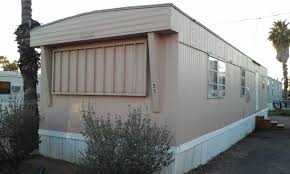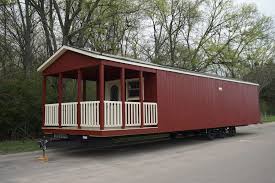
A standard homeowner’s policy offers a limit equal to half of the amount reserved for the residence to protect against loss to a given residence’s personal Property (ex. Your home is covered for $150,000, so your contents and furnishings are covered for $75,000). While this is generous coverage, it doesn’t extend to all types of the property nor for all causes of loss. Certain types of property, because of its high value and liquidity, is far more vulnerable to loss…either easily destroyed, easily stolen or both. So, to compensate for this difference, insurers use coverage restrictions.

Theft Coverage Limitations
When property is lost due to theft, coverage under a standard homeowner policy is severely limited (generally $1,000 – $2,500) for the following types of property:
- jewelry, watches, furs, and gemstones
- dinnerware, serving sets, trophies and similar property made of or plated with silver, gold, platinum or pewter
- for firearms, accessories and related property
Other Coverage Limitations
Several categories of property are subject to very modest limits ($200 – $2,500) of coverage, regardless of the cause of loss (theft, fire, accidental breakage, etc.). Specifically:
- money, banknotes, coins, medals, gold, silver, and platinum (other than jewelry or dinnerware)
- securities, accounts, deeds, tickets, stamps, manuscripts, passports and similar property
- watercraft and related property including their trailers
- trailers not used with watercraft
- business property located in your residence
- business property located away from your residence
- certain types of electronic property which are lost or damaged while in a car or is located away from your home and used for business.
Handling the Limited Coverage Situation
Insurance companies are happy to provide more coverage if they are paid for their trouble. Specifically, limited coverage can be handled using the following methods:
Increased Coverage C Endorsement – this form is only appropriate for property saddled with limited coverage for theft losses. This form is attached to a basic policy and it increases the theft insurance limit (i.e. for jewelry from $1,500 to $5,000).
Scheduled Personal Property Endorsement – this form is used for increasing coverage for property that has protection reduced for all sources of loss. The property is removed from the basic policy’s limits and is covered exclusively by the endorsement. This form takes more work since each item of property has to be listed and assigned a particular insurance limit.
Inland Marine Property Floater – this method works like the personal property endorsement, except that it is a separate policy. This alternative is more appropriate for persons owning substantial amounts of high-valued property. The coverage must often be purchased from specialized insurers and comes at a high cost. In order to qualify for such coverage, you may need to meet special circumstances such as having a residential alarm system or make use of vault storage.
Another Advantage of Special Handling
In order to arrange coverage under a schedule or an inland marine policy, the property must be properly valued. This often involves appraising the property. It’s very helpful to have an expert source to establish the current value of jewelry, furs or other valuable possessions. In fact, such property should be appraised every two or three years since their values often increase over time.
Do you still have questions about property that needs special handling? Talk to an insurance professional about your needs and make sure that you have proper protection.
COPYRIGHT: Insurance Publishing Plus, Inc. 2017
All rights reserved. Production or distribution, whether in whole or in part, in any form of media or language; and no matter what country, state or territory, is expressly forbidden without written consent of Insurance Publishing Plus, Inc.

 Contact
Contact
 Email an Agent
Email an Agent

 Click to Call
Click to Call Get Directions
Get Directions

























